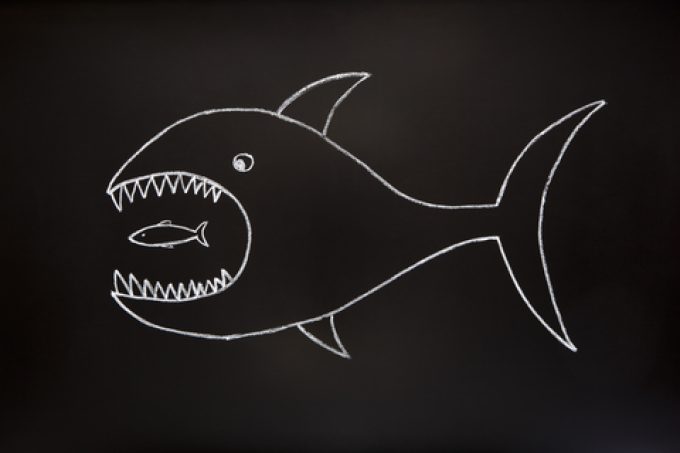India-Africa: Capacity revamp as demand brings rate gains for carriers
India-Africa trade is seeing a reconfiguration of capacity deployment due to the shipping alliance changes ...

New data published today by Alphaliner shows the astonishing amount of vessel capacity that has been acquired by shipping lines from non-operating owners (NOOs) since the onset of the pandemic.
Between August 2020 and March 2025, the analysts counted 850 vessels amounting to 3.7m teu capacity were sold by NOOs to carriers seeking to rapidly increase their fleets in response to surging consumer demand during Covid.
“The plunge started in August 2020, when shipping lines, particularly MSC and CMA CGM started raiding ...

Comment on this article
Hans-Henrik Nielsen
April 14, 2025 at 8:25 amInteresting Gavin,
I would like to add a comment to the Inter Asia (where Bangkok max is seen as the backbone).
Whereas this is certainly true for inter south east asia, i feel that we need to start differentiating the north / south trade of North/South East Asia. These trades are quickly becoming “double dip trades” on much larger tonnage trading into Arabian Gulf, Indian Subcontinent, and perhaps even Africa (especially East Africa).